Exploring the world of animation is an exciting yet complex journey, particularly when it comes to understanding the distinctions between CGI and 3D animation. In this in-depth guide, we will break down these two intriguing techniques, examining their core concepts, key differences, and how they can work together to create stunning visual experiences. We’ll also highlight the strengths and applications of each method, helping you understand when to use CGI or 3D animation for your project.
What Is CGI animation?
CGI, or Computer-Generated Imagery, refers to digitally created visuals used in movies, television, video games, and advertising. While CGI includes 3D Animation, it is a much broader term that encompasses:
✅ 2D and 3D graphics
✅ Photorealistic rendering
✅ VFX (Visual Effects)
✅ Motion capture integration
✅ Augmented Reality (AR) and Virtual Reality (VR)
CGI can be used for creating entire movies (like Pixar’s Toy Story) or adding digital elements to live-action films (Avengers: Endgame). It plays a crucial role in modern media, enhancing realism and creating immersive experiences.
3D Animation vs Computer-Generated Imagery (CGI)
While 3D Animation vs Computer-Generated Imagery are related, they are not the same. Here’s how they differ:
| Feature | CGI (Computer-Generated Imagery) | 3D Animation |
|---|---|---|
| Definition | A broad term for all computer-generated visuals | A specific technique used to create moving 3D objects |
| Usage | Used in movies, gaming, simulations, architecture, and more | Primarily used in animated films, video games, and VR |
| Technology | Includes 2D and 3D graphics, special effects, and compositing | Focuses on rigging, keyframing, and motion capture for animation |
| Realism | Often aims for photorealistic effects | Can be photorealistic or stylized (e.g., Pixar films) |
| Industry Use | Movie VFX, digital advertising, simulations, interactive media | Film animation, character modeling, video games |
How CGI Works in Animation
Understanding How CGI Works in Animation requires breaking it down into key stages:
1. Concept and Pre-Visualization
Artists start with storyboards and pre-visualization to plan how CGI elements will be integrated.
2. Modeling
3D models of characters, objects, and environments are created using polygon meshes.
3. Texturing & Shading
Textures are applied to models to simulate different materials like skin, metal, or water.
4. Rigging & Animation
Characters are given a skeletal structure for movement, and animators create motion sequences.
5. Rendering
The final scene is processed using lighting, reflections, and effects to create a high-quality visual output.
6. Compositing & VFX Integration
CGI elements are merged with real-world footage or further refined with effects like smoke, fire, or explosions.
These steps make CGI an essential tool in both animation and live-action filmmaking.
CGI in Movies vs 3D Animation
The debate of CGI in Movies vs 3D Animation often centers around their applications:
- CGI in Movies: Used for visual effects (VFX), such as creating alien worlds, digital doubles, or large-scale destruction scenes. Examples include Jurassic Park, Avatar, and The Lion King (2019).
- 3D Animation: Primarily used in animated films where all characters and environments are digitally created. Examples include Frozen, Shrek, and Toy Story.
In many modern movies, CGI and 3D animation work together to create seamless effects and fully realized characters.
Best Software for CGI and 3D Animation in 2025
Whether you’re an industry professional or a beginner, using the right software can make a huge difference. Here are the Best Software for CGI and 3D Animation in 2025:
1. Autodesk Maya
✔ Industry-standard software for 3D modeling, animation, and VFX.
✔ Used in movies like Avengers and Star Wars.
2. Blender
✔ Free, open-source 3D modeling and animation tool.
✔ Great for independent animators and studios.
3. Houdini
✔ Best for procedural animation and VFX simulations.
✔ Used in movies with large-scale CGI effects.
4. Unreal Engine 5
✔ Real-time rendering and cinematic animation.
✔ Growing use in movies and gaming.
5. Cinema 4D
✔ Ideal for motion graphics and 3D rendering.
✔ Widely used in advertising and filmmaking.
Choosing the right tool depends on your project’s complexity and budget.
Future of CGI and 3D Animation: What’s Next?
The Future of CGI and 3D Animation looks promising, with several trends shaping the industry:
1. AI-Powered Animation
✔ Machine learning is making CGI more efficient and realistic.
✔ AI can automate character movement and facial expressions.
2. Real-Time Rendering with Unreal Engine 5
✔ Reduces production time by enabling filmmakers to see CGI changes instantly.
✔ Used in productions like The Mandalorian.
3. Hyper-Realistic CGI Humans
✔ Digital actors are becoming indistinguishable from real humans.
✔ Example: The Irishman de-aged Robert De Niro using CGI.
4. Virtual Production & VR Integration
✔ CGI is being used in VR experiences and interactive films.
✔ Example: Virtual reality gaming combined with realistic CGI characters.
5. Cloud-Based CGI Creation
✔ Remote collaboration allows teams to work on CGI projects worldwide.
✔ Cloud rendering speeds up production and lowers costs.
Conclusion: Understanding CGI and 3D Animation
By now, you should have a clear understanding of CGI vs 3D Animation, their differences, and how they contribute to the entertainment industry. While CGI in Movies vs 3D Animation may seem similar, they serve distinct purposes in filmmaking, gaming, and visual effects.
If you’re looking to dive into the industry, choosing the Best Software for CGI and 3D Animation and staying up to date with Future of CGI and 3D Animation trends will give you a competitive edge.
So, which one is better CGI or 3D animation? The answer depends on the project’s goals. Whether creating stunning visual effects or immersive animated films, both CGI and 3D animation will continue to shape the future of entertainment in 2025 and beyond.





